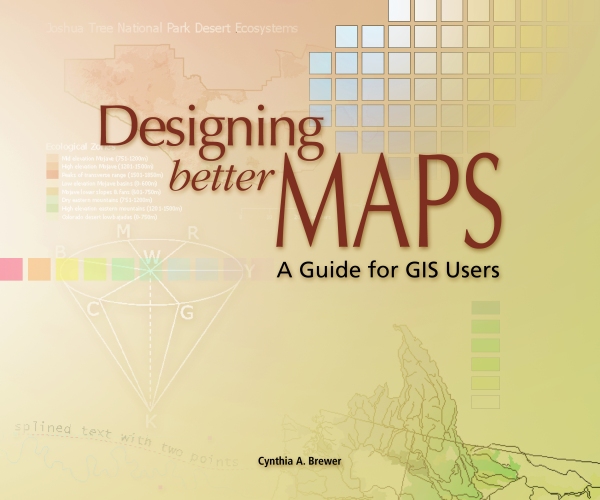For those looking for free GIS data covering the greater Houston area, there are several government organizations that make such data available for public download.
The City of Houston maintains a GIS website where users can download shapefile datasets. Each dataset contains numerous shapefiles grouped by category, such as administrative boundaries, locations, and routes. Unfortunately, it is not possible to select individual shapefiles out of the larger datasets for download. The data is updated and released every year or two. A new release was scheduled for this summer, but has been delayed.
The Architecture and Engineering Division of the Harris County Public Infrastructure Department also maintains a GIS website where users can preview and download individual shapefiles relating to reference grids, boundaries, transportation, water, parks and services.
The Harris County Appraisal District maintains a Public Data website where users can download both individual shapefiles and text files for import into Access databases, which can then be joined to the related shapefiles using GIS. Unsurprisingly, the best feature of the HCAD site is the ability to obtain detailed shapefiles and property information for all parcels in Harris County. The shapefiles were recently updated in October, 2009 and the data tables are updated bi-weekly.
The Houston-Galveston Area Council (HGAC) serves as Houston’s Council of Governments (COG), or regional planning organization. HGAC supports local governments inside their 13-county service region and maintains a GIS Data Clearinghouse where users can download individual shapefiles relating to boundaries, cultural features, transportation, water, land, and elevation. Because HGAC serves a larger region than the Houston and Harris County governments, their datasets are typically more expansive in coverage. It is also worth exploring the numerous sections of their Regional Data & GIS Services website for information on demographics, economics, transportation, land use, and water quality in the region.
For members of the Rice community, we maintain several additional datasets for the Houston region at the GIS/Data Center that are not available online, including georeferenced historic and current aerial photography and LiDAR digital elevation models.




